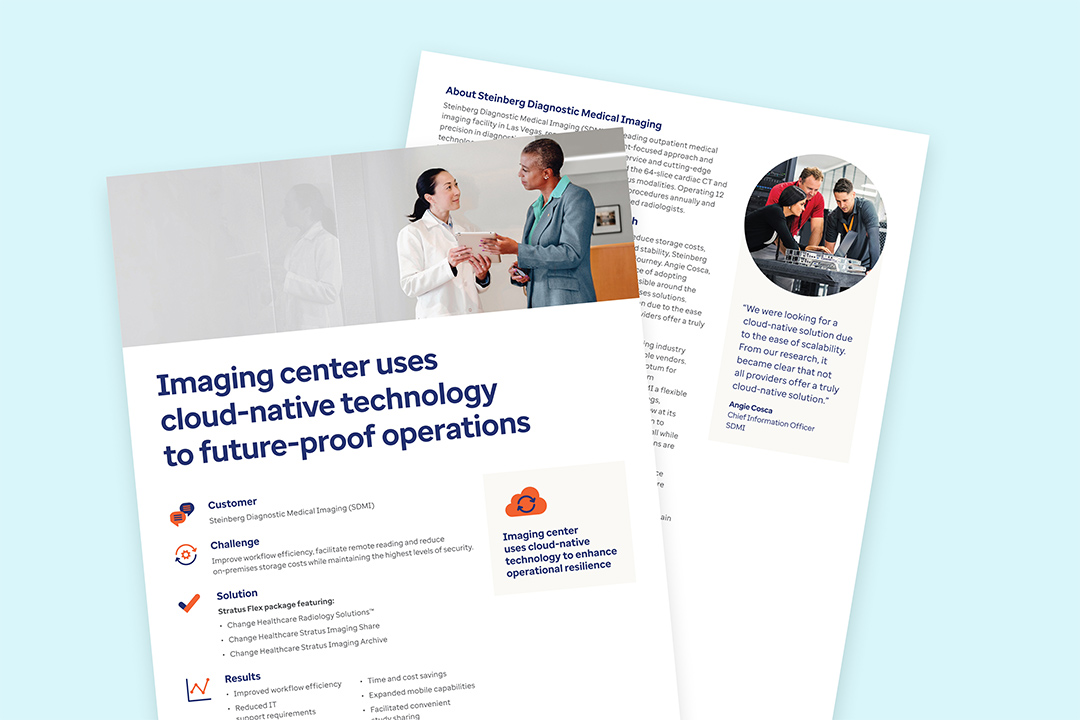Learn how to improve your radiology team’s productivity
In the last several years there have been many predictions about how Artificial Intelligence (AI) will impact healthcare for both patients and physicians. Expectations have been high and have not always reflected the challenges of adopting and implementing AI solutions.
AI for healthcare has gradually developed over the years into an increasing number of niche solutions, many of which are now safe for patient use. The advances have been recognized by the U.S. Federal and Drug Administration (FDA), which recently released guidelines to regulate AI tools as medical devices.
Healthcare executives have acknowledged the need and desire to implement AI technologies to improve patient care and to streamline workflows. However, one of the biggest challenges has been overcoming the economic question of who bears the cost of this new AI?



